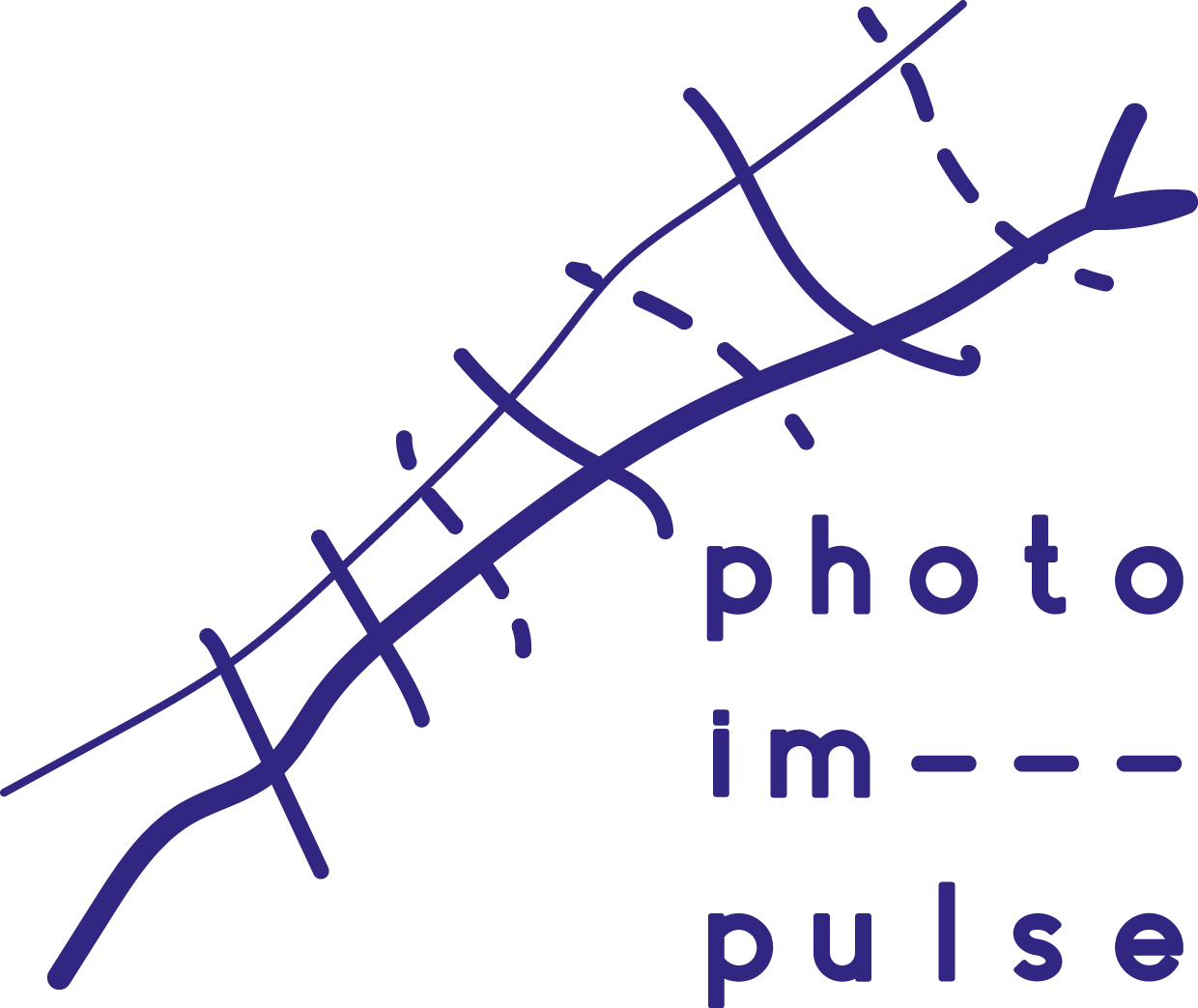About the project
Photo Impulse aims to contribute to Portuguese history and theory of scientific photography and film by bringing together pictures produced in various geographic and anthropological expeditions to the Portuguese colonies in Africa and Asia from 1883 to 1975. Most of these surveys were promoted by the Portuguese authorities through the Cartography Commission and subsequent institutions, such as the former Instituto de Investigação Científica Tropical (IICT). Much of the material under study currently belongs to the Museum of Natural History and Science, a partner in the project.
Our contribution is focused on the analysis of the political and communicative affordances of these visual media, their visual culture and historical context. It also addresses the relation of these images to knowledge production in the fields of Geography and Anthropology.
Produced mainly in the context of colonial politics, the study material spans different political regimes: the late monarchy (specifically the period from 1890 to 1910), the First Republic (1910-1926), the fascist dictatorship (1926-1974) and the turn to democracy (1974-1975).
Main Focus
The starting point for the project is the idea that photography and film are forms of symbolic appropriation, an appropriation that became effective inasmuch on the ground as in the minds. They are also modes of producing space (Henri Lefebvre) and inhabiting it (Heidegger).
We took as guiding principle and innovative idea the relationships between maps, photographs and films in their broader meanings: maps as “photographs” of the territory; photographs as a type of map; films as spatial stories (De Certeau) and the acts of photographing or filming as mapping activities (Denis Wood).
We consider that photography and film express power relations fixed at the very moment of taking the picture or making the film. Whether conscious or not, certain expressions tend to be replicated along the many usages of the images. In face of our colonial archive, besides unveiling how the images were meant to be used, we intend to investigate how we may decolonize this visual legacy.
Why the name “Photo Impulse”?
Photo Impulse is a reference to the very influential work by art historian Svetlana Alpers where she identified a “cartographic impulse” in 17th century Dutch painting. In the context of our project, the photographic and filmic practices under study had in view the constitution of both geographic maps and a Colonial Atlas of the territories and people under Portuguese rule. They applied metric methodologies to both land and bodies. We relate this to a “photographic impulse” that reveals how these media were understood as modern and truthful measuring devices.
Project ID and Funding
Photo Impulse
Title: The Photographic Impulse: Measuring the Colonies and the Colonial Bodies. The Photographic and Filmic Archive of the Portuguese Geographic and Anthropologic Missions
Financing Agency: FCT-Portugal
Reference: PTDC/COM-OUT/29608/2017
Dates: 01/09/2018 – 31/08/2021
Funding: 235.560,84 €
Participating Institutions
Applicant: NOVA FCSH
Research Center: ICNOVA – Nova Communication Institute
Partners:
Museum of Natural History and Science – University of Lisbon
School of Science and Technology – Nova University of Lisbon, NOVA.Id.FCT Research Center
Location
ICNOVA – Colégio Almada Negreiros, Campus de Campolide, Gab. 348, 1099-085 Lisboa
Contacts
Email: photoimpulse@fcsh.unl.pt
Phone: +351 918 832 058
